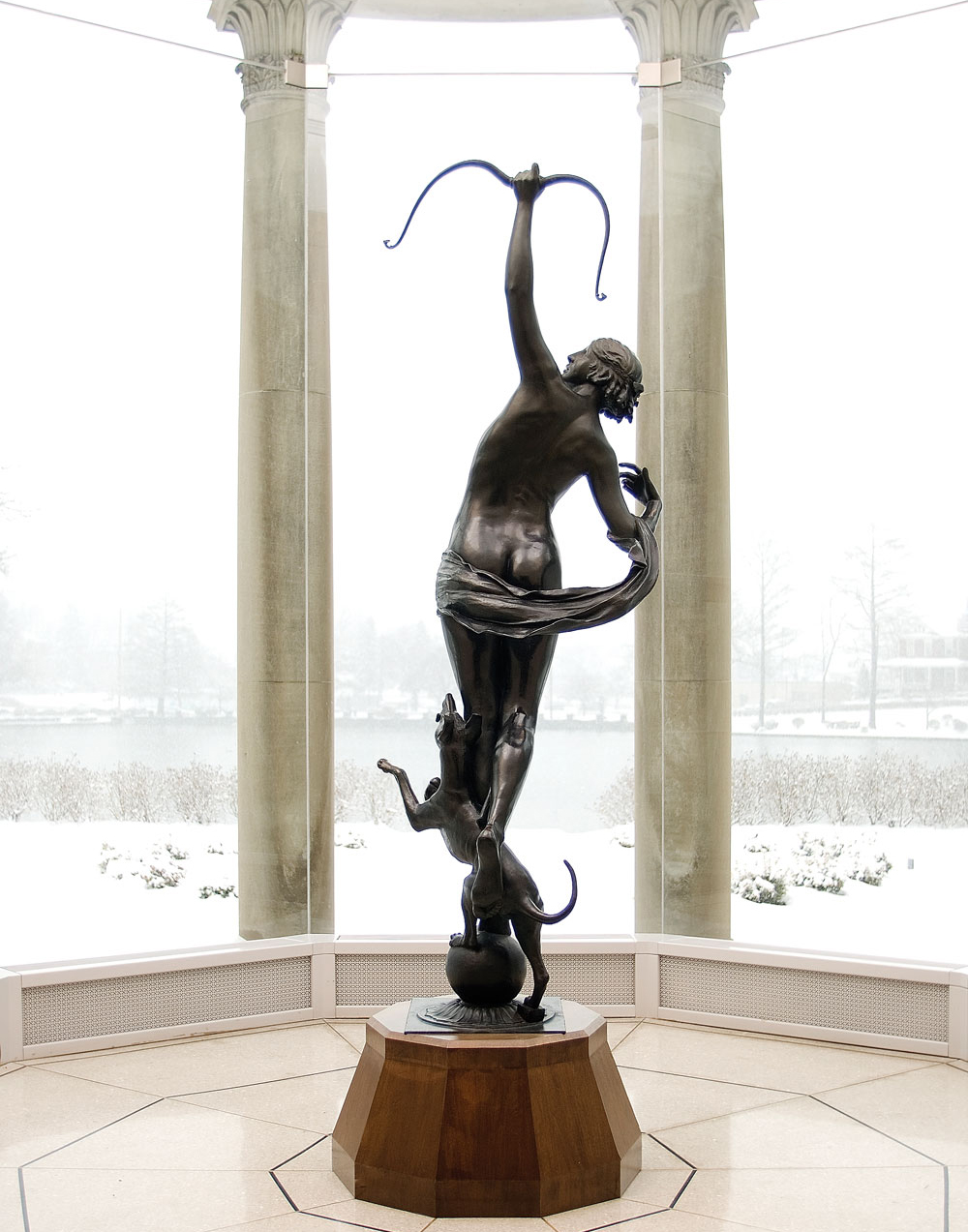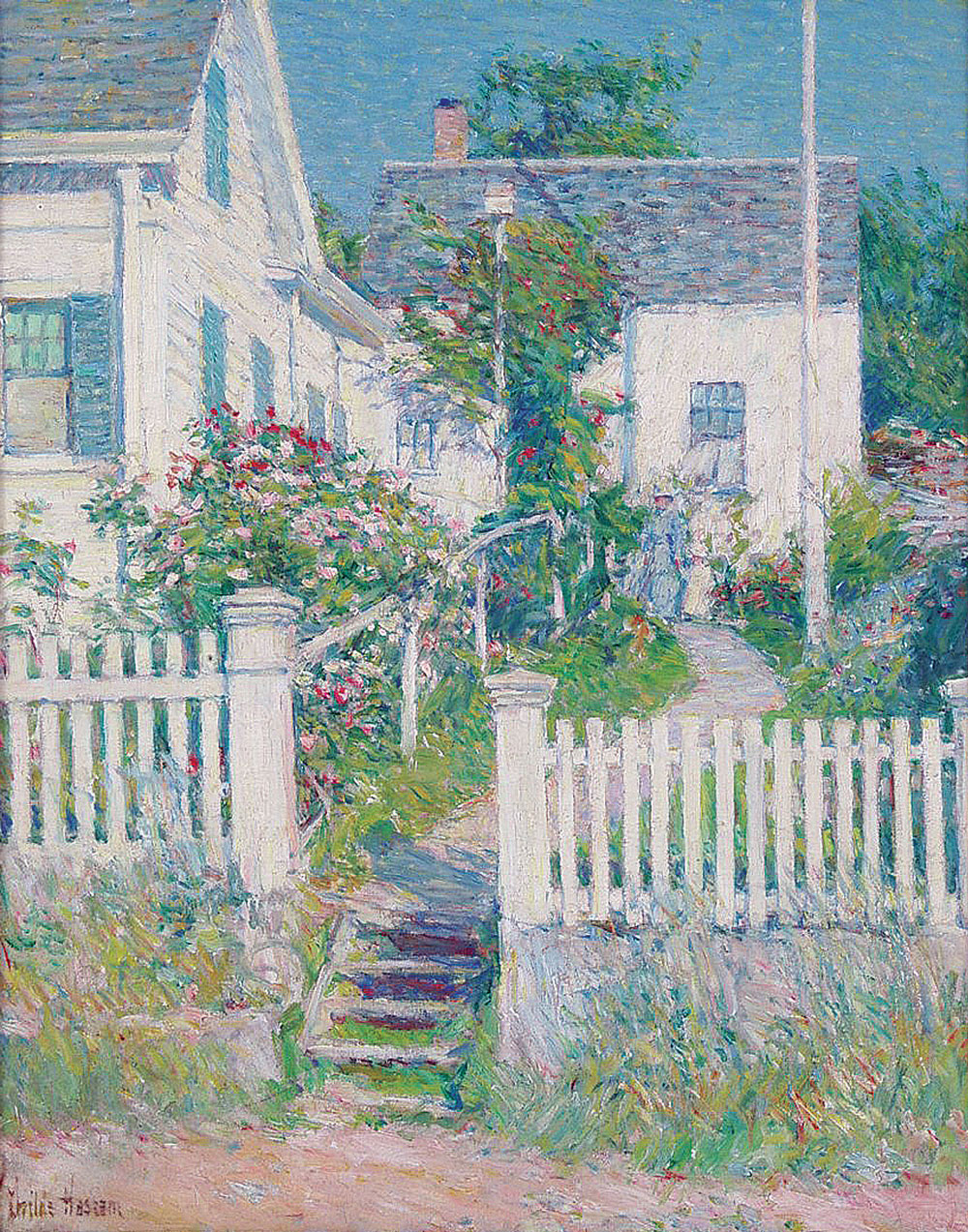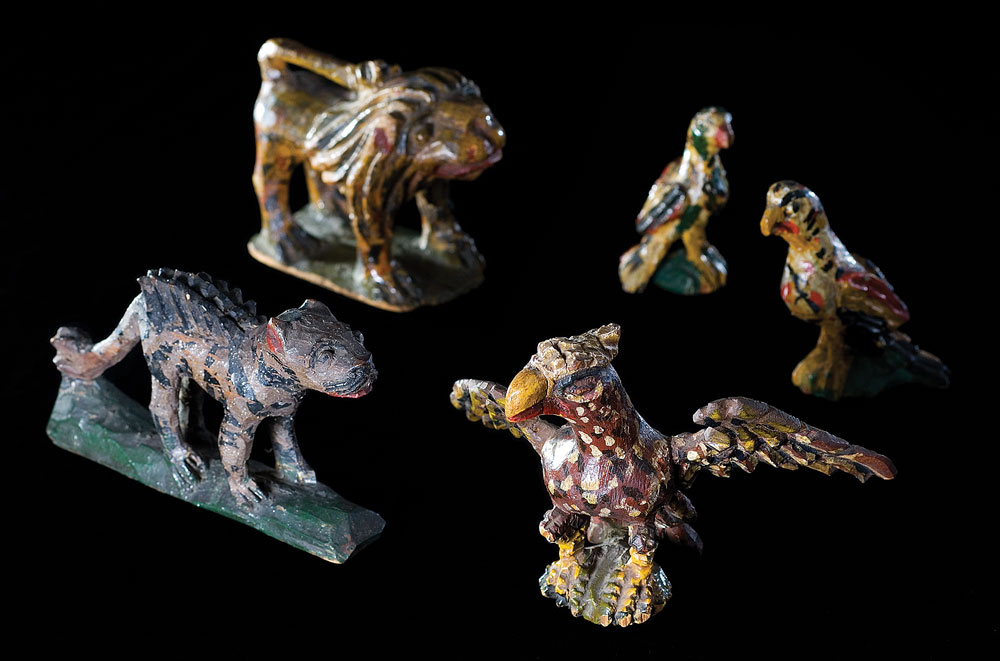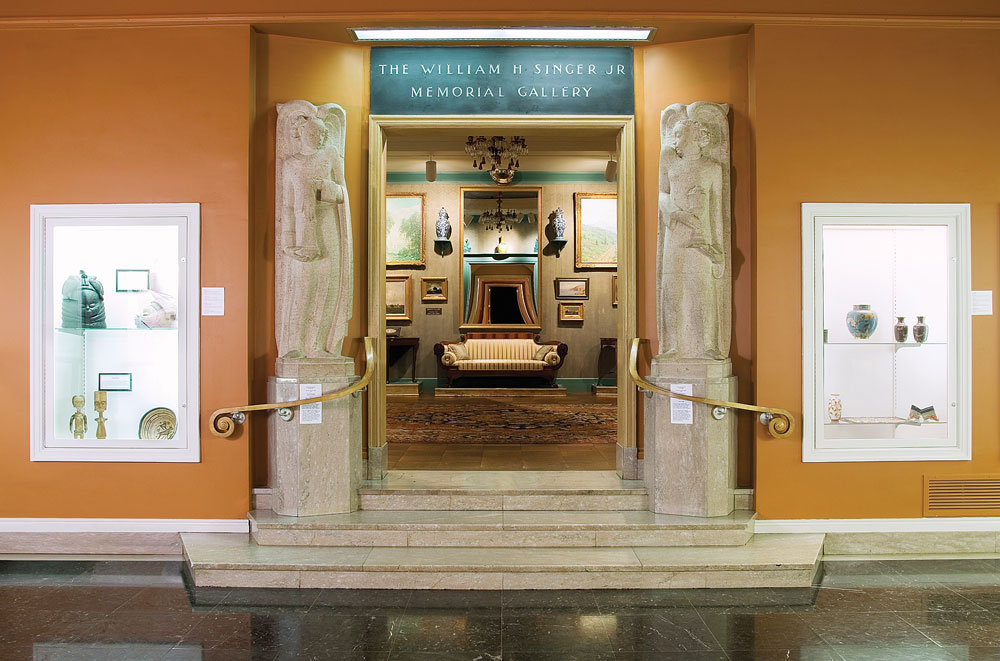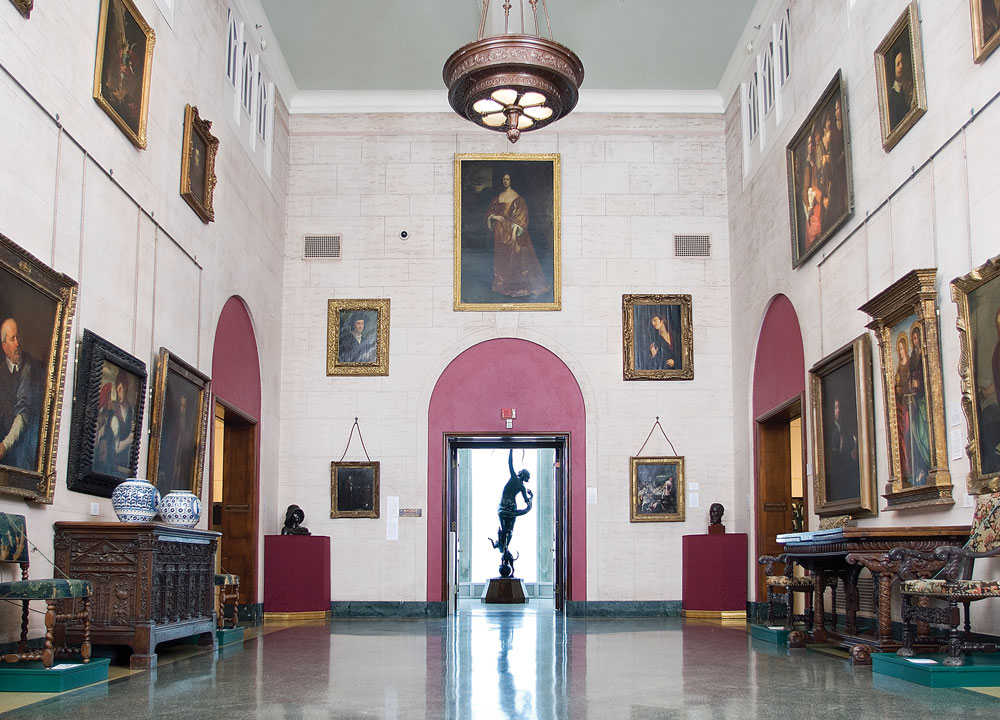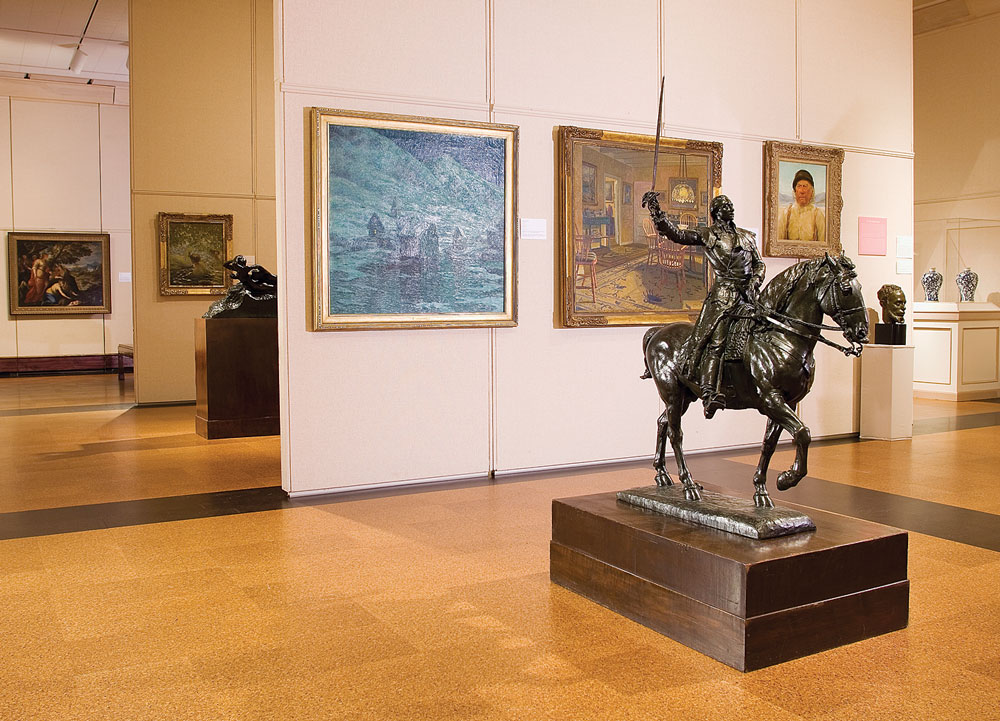Washington County Museum of Fine Arts
The Gem in the Park
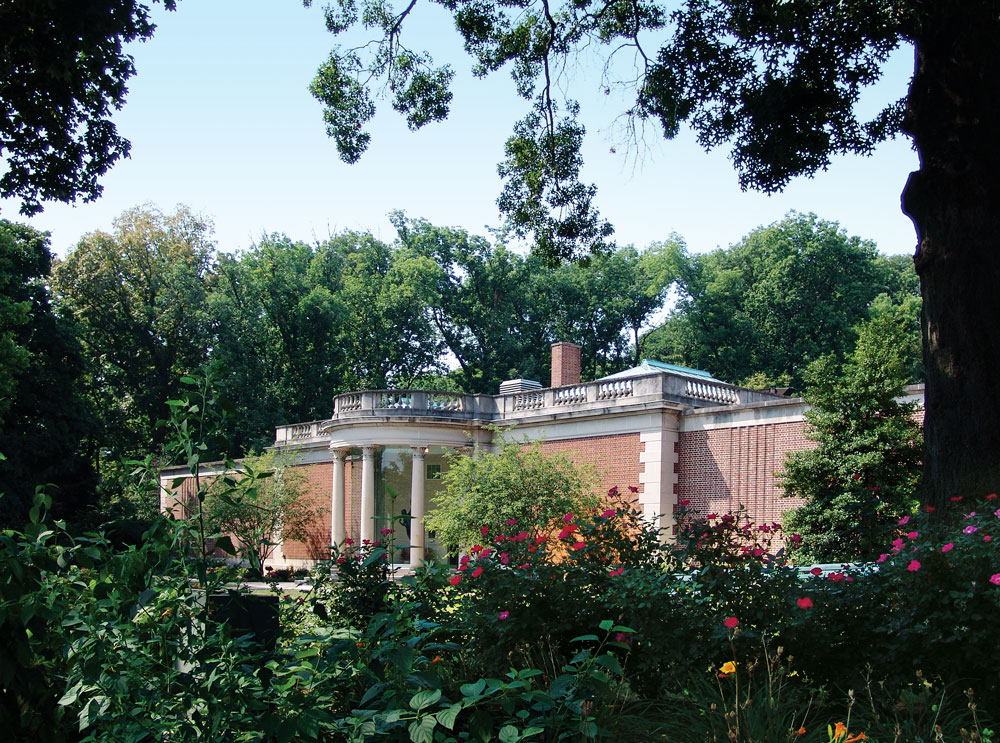
-
The museum’s stunning location in Hagerstown’s City Park has contributed to its nicknames, “the jewel of Washington County” and “the gem in the park.” The creation of the Anne G. and Howard S. Kaylor Lakeside Garden in 2005 rejuvenated the museum’s lakeside lawn and provides a beautiful outdoor space to be enjoyed by the public.
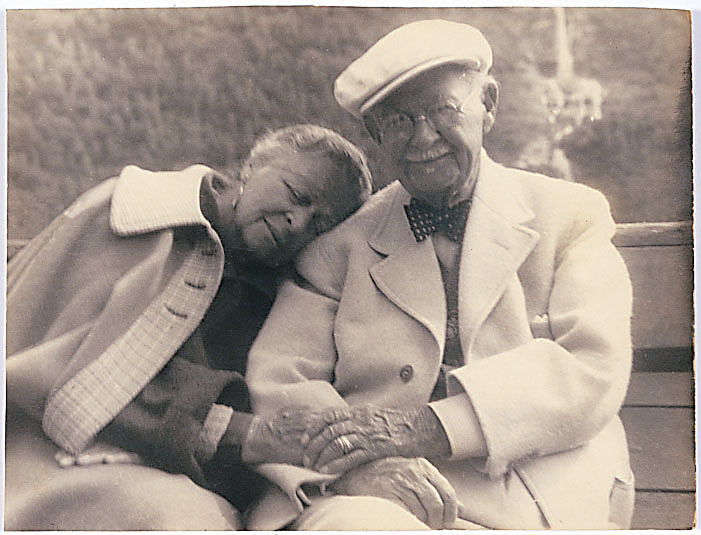
-
Devoted to each other and to William’s artistic pursuits, William and Anna Singer traveled throughout the United States and Europe, making friends with artists and gaining exposure to the artistic world. Anna was clearly the more outgoing of the pair. She spent much of her time entertaining guests at the couple’s Dutch and Norwegian homes and developing the couple’s collection of artwork. Apart from founding the Washington County Museum of Fine Arts, the couple made numerous philanthropic gifts to churches, towns, and hospitals in Norway, the Netherlands, and the United States. After William’s death in 1943, Anna turned much of her attention to finding suitable homes for the objects in their collection and supporting art institutions. She founded a museum and theater in Laren, the Netherlands, in 1956, and remained an enthusiastic supporter of the visual and performing arts until her own death in 1962.
Often overlooked, some would say undiscovered, the Washington County Museum of Fine Arts (WCMFA) in Hagerstown, Maryland, has been exhibiting its world-class collection for seventy-five years. The museum is important both for its place in the cultural landscape of the Mid-Atlantic and for its remarkable collection of over 6,000 art objects.
On September 16, 1931, the museum’s doors opened to the public as a result of the generosity of William H. Singer Jr., and his wife, Anna Brugh Singer. A painter and the son of a Pittsburgh steel magnate, Singer married the lively Hagerstown native in 1895. The couple spent most of their adult lives in Europe pursuing their interests in painting and collecting art work to enhance their homes in the Netherlands and Norway. Despite the fact that Anna had not lived in Hagerstown since her marriage to William, she longed to endow the area with the cultural benefits of a museum. During a 1927–1928 visit to the United States she proposed her gift of a museum building and foundational art collection.
At the museum’s twenty-fifth anniversary in 1956, Anna reflected on her hope that the museum would be a broadly based cultural center that would provide the cultural advantages she had lacked as a child; “giving younger generations a fuller appreciation of joy and beauty than had been afforded me.”1 Her influence shaped the WCMFA into a holistic cultural institution—providing exhibitions of fine and decorative art, music and performing arts, and art education for children and adults.
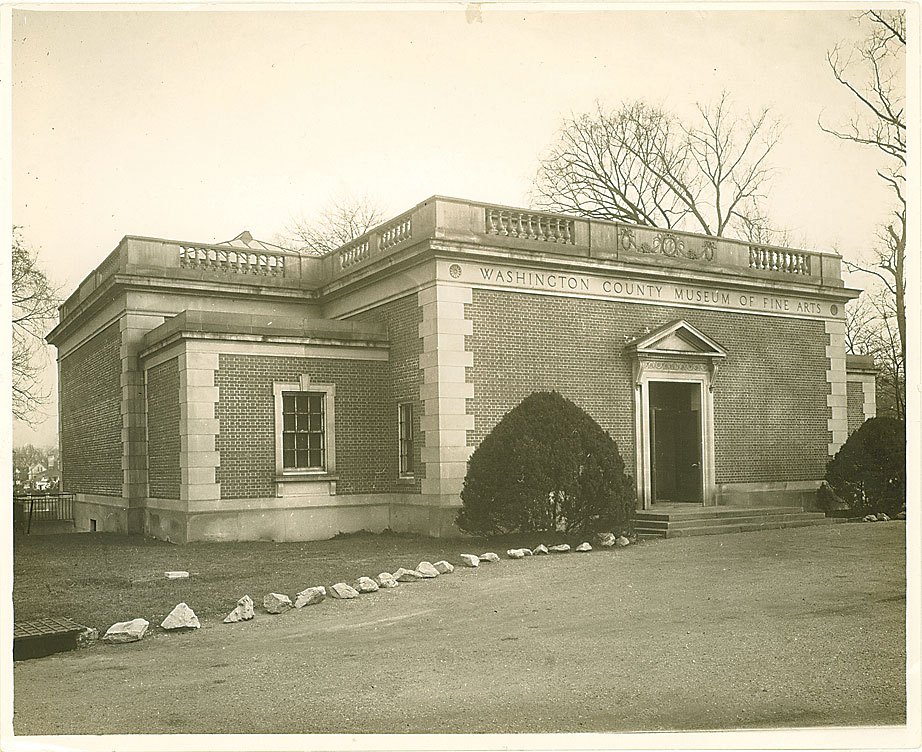
-
The original building for the Washington County Museum of Fine Arts was designed by the New York architectural firm of Hyde & Shepherd. Built in the neo-Georgian style, the building is red brick trimmed with local limestone. The original facade shown in this 1931 photograph features the museum’s name inscribed in large capitals flanked by rosettes. Inset in the rooftop balustrade, a panel showing an artist’s palette further denotes the building’s use. Founder Anna Singer frequently referred to the original structure as the “first unit” of the building. She followed through with this plan for enlargement with her 1946 offer to fund two new wings, which were completed in 1949. A later addition, begun in 1994, formed an open courtyard around the original entrance.
The WCMFA collection’s recognized strength is nineteenth and early twentieth century American paintings. Wide corridors surrounding an open courtyard show off the American landscape tradition with works by Thomas Cole, Thomas Moran, Frederic Edwin Church, Jasper Cropsey, Albert Bierstadt, and other members of the Hudson River School. American impressionism also shines in works by Childe Hassam, William Leroy Metcalf, and Richard Miller, prized paintings that came into the collection through William and Anna Singer’s friendships with these artists. Alongside them are paintings by fellow Americans George Luks, Robert Henri, and Arthur B. Davies, and a show-stopping moonscape by Eduard Steichen.
Small but significant groups of European, Asian, African, contemporary and early American art fill out the WCMFA’s diverse collection. The museum’s Mid-Atlantic location has placed it in a prime position to collect early American portraiture, folk art, and decorative art, including an impressive group of portraits by members of the Peale family, a collection of Mid-Atlantic stoneware, and folk carvings by Wilhelm Schimmel. Asian decorative art and African art fill cases on opposite sides of the museum’s Fulton Gallery, and European Old Masters find a perfect home in the museum’s Schrieber Gallery. Just around the corner a glowing collection of Bohemian glass is displayed alongside its American Tiffany counterparts.
The WCMFA has showcased its collection in a recent series of exhibitions celebrating the museum’s seventy-fifth anniversary. The celebration will culminate with Advancing the Legacy: Gifts in Honor of the 75th Anniversary of the Washington County Museum of Fine Arts (June 9–September 2, 2007), made possible by collectors, foundations, and artists from across the United States who, following the example of the Singers, have donated artistic treasures to the museum in recognition of its cultural presence in Western Maryland and its importance as the caretaker of an art collection of national and international significance.
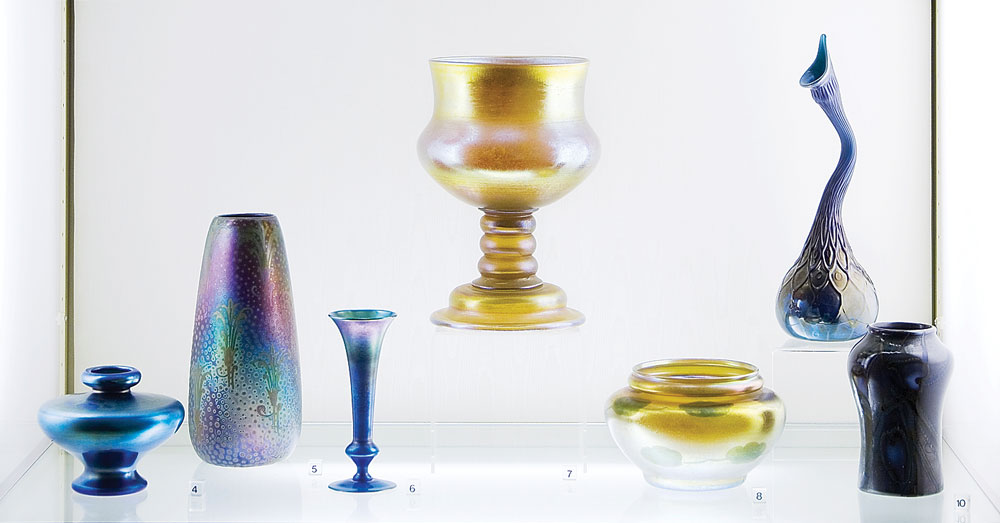
-
The installation in the Rinehart Gallery illustrates examples of Favrile iridescent glass, a style patented by Louise Comfort Tiffany (1848–1933) in 1894, and produced by the Tiffany Glass & Decorating Co. (1882–1902) and Tiffany Studios (1902–1928). Shown second from the left is a luster-glazed earthenware piece designed by Jacques Sicard (French, 1865–1923) and manufactured by S. A. Weller Pottery of Zanesville, Ohio (1872–1948). The glaze was carefully selected to imitate the shimmering appearance of Tiffany’s Favrile glass.
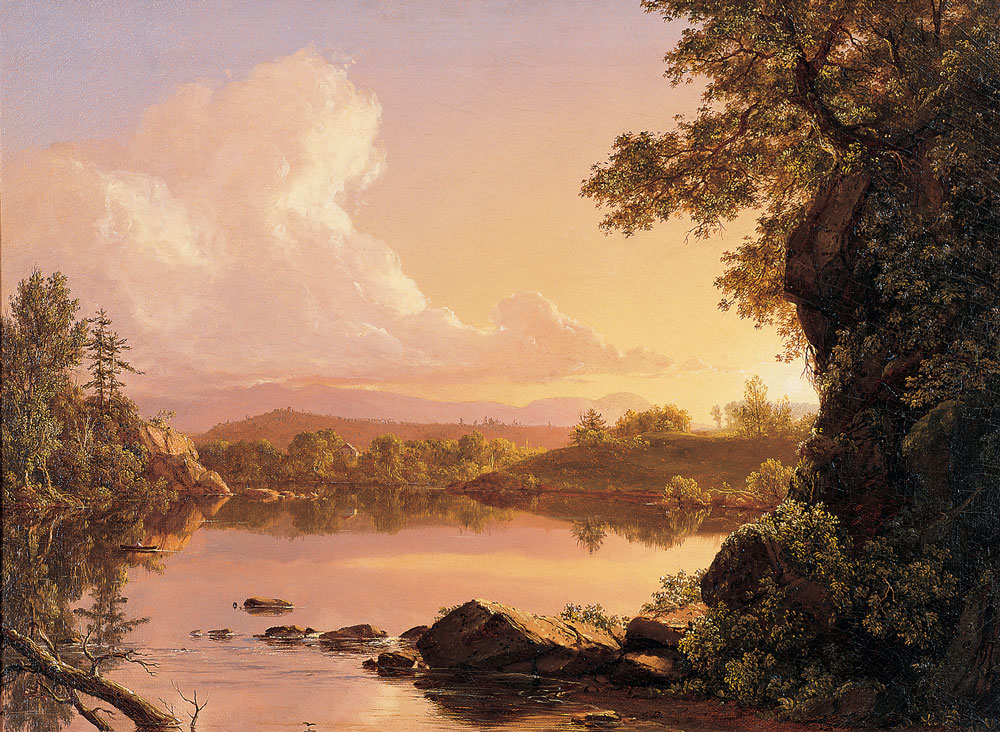
-
Frederic E. Church (American, 1826–1900), Scene on Catskill Creek, 1847. Oil on canvas, 21-1/2 x 29-3/4 inches. Church and other Hudson River School artists viewed art as an agent of moral and spiritual transformation. In this painting, purchased by the WCMFA in 1962, Church used dramatic lighting to convey his deep appreciation for the nation’s natural wonders. The WCMFA’s collection also contains one of Hudson River School founder Thomas Cole’s (1801–1848) studies for his momentous Voyage of Life series.
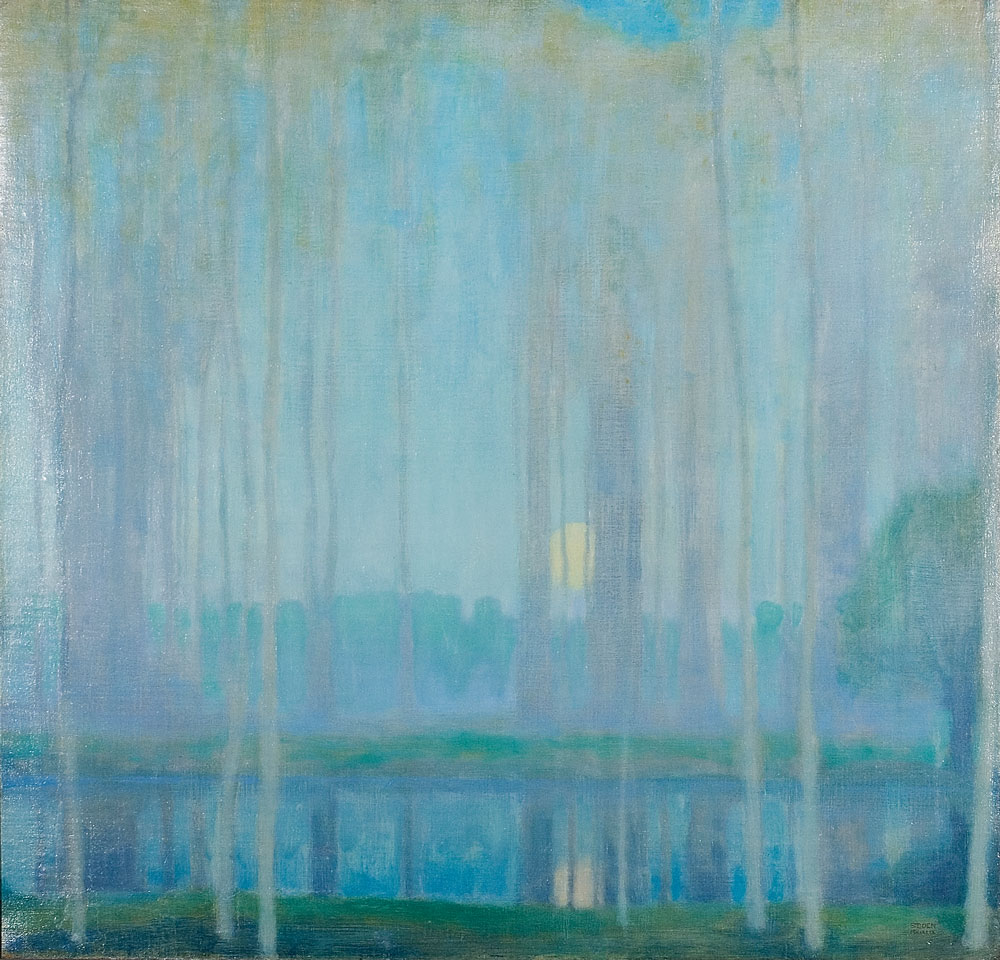
-
Eduard Steichen’s (American, b. Luxembourg, 1879–1973), The Yellow Moon, 1909. Oil on canvas , 24 x 25 inches. This painting is typical of the soft, luminous images that Steichen produced as a young man. Steichen originally pursued both painting and photography, but in 1922 he destroyed most of his paintings and fully devoted himself to photography. Only a few of his oil paintings survive. The Yellow Moon came to the WCMFA through Mrs. Conger Goodyear, wife of a founding trustee of the Museum of Modern Art, where Steichen was curator of photography from 1947 through 1962.
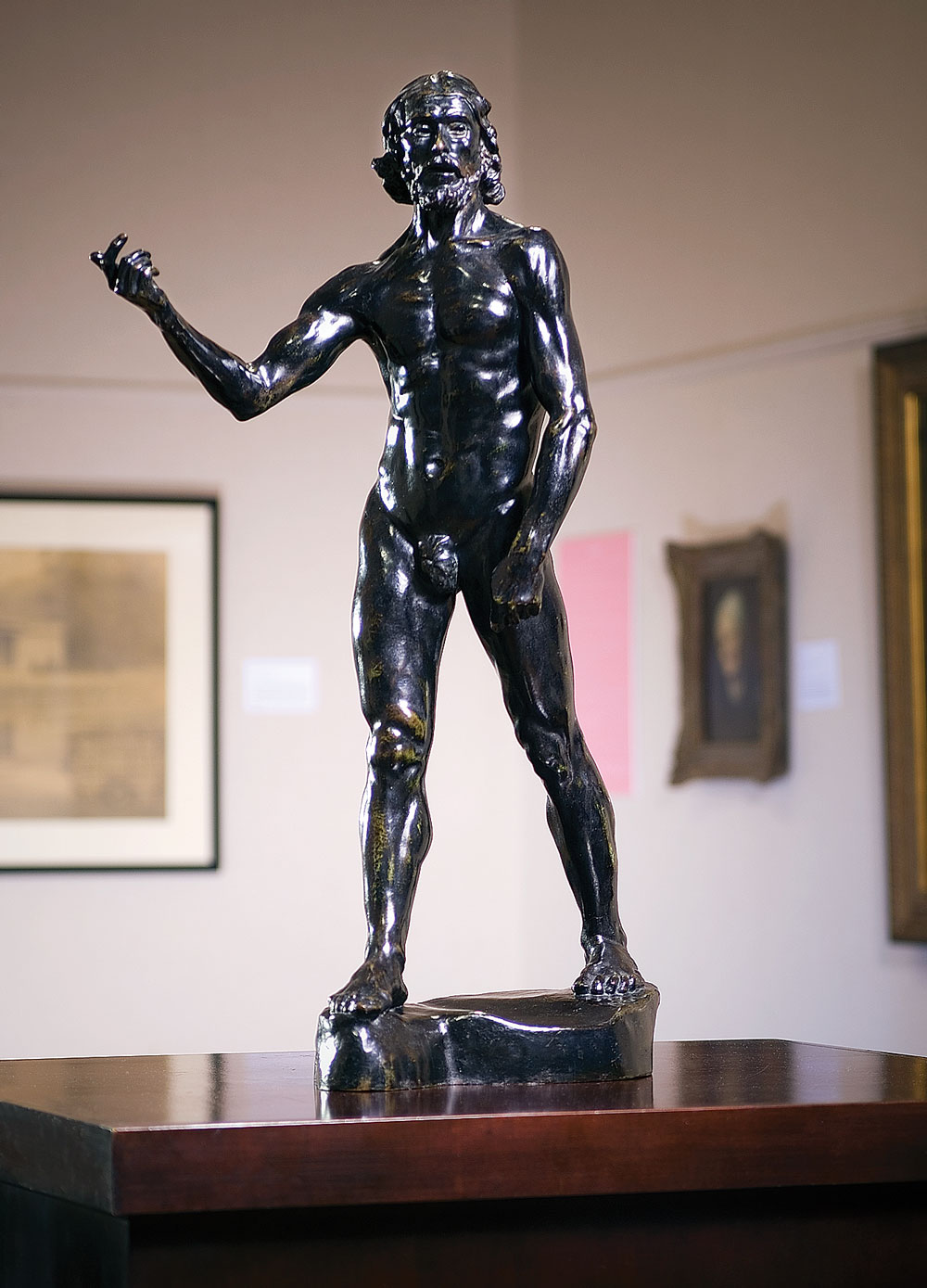
-
The Singers acquired an impressive group of thirteen works by French sculptor Auguste Rodin (1840–1917). John the Baptist (1875–1878) caused quite a stir when Rodin first presented it. He was criticized for showing St. John as a man in his prime, rather than an ascetic who had lived in the desert for years. Anna Singer had the bronze sculpture shipped to WCMFA shortly after she acquired it in Amsterdam in 1931. It is now on view in Loving Art: The William & Anna Singer Collection, organized by the Singer Museum Laren, the Netherlands, with cooperation from the WCMFA.
-----
Photography by Perk Hull, HPB, Inc.; Erick Gibson.
Meg Dameron is curatorial coordinator at the Washington County Museum of Fine Art.















